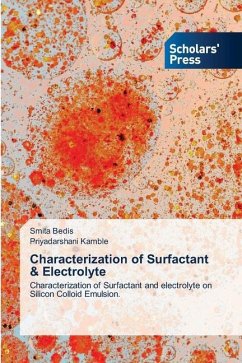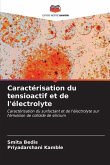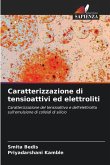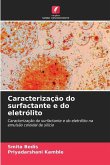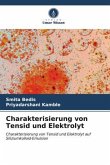Changes in surfactant 17R4 concentration influenced the physio-chemical characteristics of an oil- in-water emulsion the most.From the study, we can conclude that the physcio-chemical properties of an oil-in-water emulsion were mostly affected by the variations in the contents of surfactant 17R4 A and NaCl. The NaCl-surfactant-oil interactions had a strong influence on the stability of the prepared emulsion. Pluronic surfactant 17R4 when used in minimal amount (1%) alongside Ludox and 2mg NaCl resulted to the most stable emulsion which stood on the bench beyond 6months without any sign of creaming. Oil-in-water emulsion wastes may be effectively treated using the electrochemical destabilization method. The aluminum provided and the bulk pH are the two most critical factors in the process. Experiments with a steady-state pH outside of the 5-9 range result in no emulsion break-up and, as a result, no COD elimination. In addition, the electrolyte has a significant impact on the outcomes. According to our second scheme, we found that nanoemulsion has the potentially help for enhancing the oral bioavailability of ibuprofen.
Bitte wählen Sie Ihr Anliegen aus.
Rechnungen
Retourenschein anfordern
Bestellstatus
Storno

